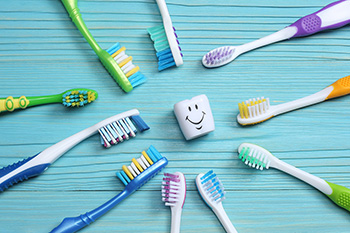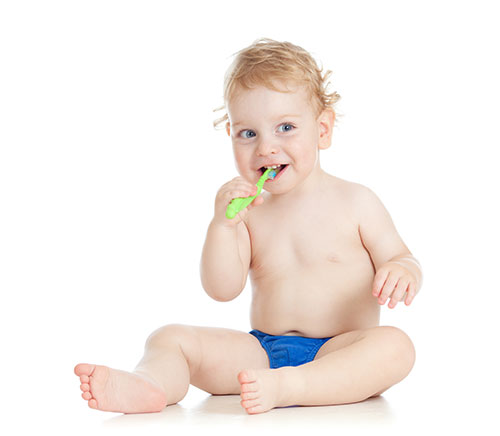Hello, this is a friendly update from Salvaggio Dentistry.
Due to the CO-VID19 pandemic, all appointments for the month of May have been cancelled. As soon as we receive any information from the Ministry of Health to reopen, we will contact you.
Please be advised we are available should you require emergency care; which includes oral-facial trauma, significant infection, prolonged bleeding or pain, which cannot be managed by over-the-counter medications.
Please feel free to call us at the office 905-791-1800 for emergency care. Thank you for your patience and understanding, wishing you health, stay safe and hoping to see your smile soon.






